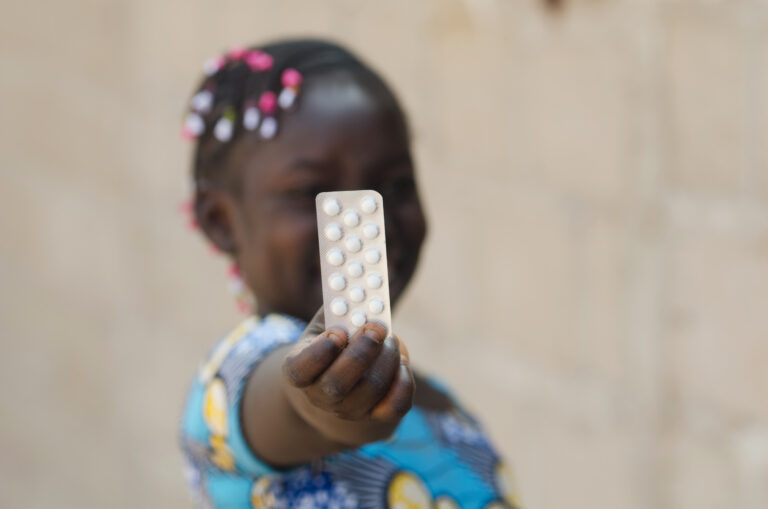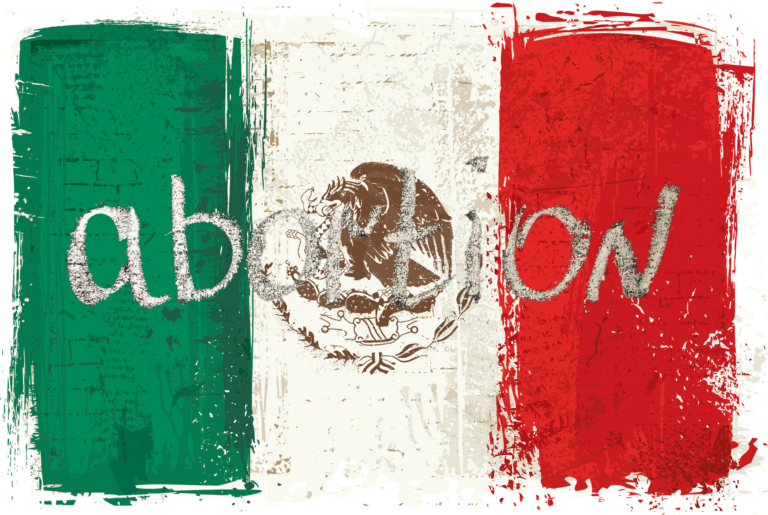Contrary to the claims of the Clinton Administration and population control advocates, men and women in the developing world do not lie awake at night worrying about when their next shipment of contraceptives will arrive from America. Nor do they demonstrate outside US embassies when the shipment is late. Why would they, given the unsavory history of “family planning” programs in the developing world? Every decade has seen major abuses.
In the early seventies officials of the United States government joined executives from the now defunct A. H. Robbin’s corporation and administrators from many key so-called “family planning” organizations — almost all of whom US taxes still support — in distributing over 700,000 unsterilized and potentially lethal Dalkon shields for insertion into women in the developing world. Arthur Mintz, author of’At Any Cost: Corporate Greed, Women and the Dalkon Shield, estimates that thousands of women across the developing world may have died as a result of this American effort to promote “family planning.”
Later that decade, according to the US Agency for International Development, the military government of Bangladesh employed soldiers to round up women for IUD insertions, besides threatening to withhold schoolteachers’ wages unless they began using contraception.
In the eighties, according to a British Broadcasting Corporation documentary, another US-funded “family-planning” organization used US tax dollars to mislead Bangladeshi and Haitian women about Norplant’s side-effects prior to insertion. Then, when the women became seriously ill, removal was refused. Farida Akhter, a Bangladeshi women’s health advocate, has documented cases of blindness and crippling infirmity among the women inserted.
During the same decade targets became common. Twenty-five countries, ranging from the Philippines to El Salvador, set monthly quotas for numbers of sterilizations. As they invariably do, these quotas led to US women being sterilized without their consent or under false pretenses as workers scrambled to meet them. In Bangladesh, women whose families were driven from their homes by flooding were told they would not receive international humanitarian assistance until they submitted to sterilization. During the nineties, right to the present day, some Mexican government hospitals, according to sworn depositions collected by human rights activist Jorge Serrano, routinely sterilize or insert IUDS into women delivering their second or third child without their foreknowledge or consent, and (sometimes) even over their objections, immediately after giving birth. With the uterus expanded from childbirth, it is impossible to correctly size an IUD, which can embed in the uterine walls as the womb contracts. Then there is the well documented horror of forced abortion and sterilization promoted by the Chinese “one-child” policy, and supported by “family planners” like the United Nations Population Fund (UNFPA) and the International Planned Parenthood Federation (IPPF).
These are not isolated examples. There are documented cases of coercion from more than 40 countries worldwide. The history of “family planners” is less one of beneficence than brutality. The primary reason for this is that such programs find their roots not in American compassion but fear; fear of the developing world’s growing population, fear of economic competition for scarce resources, fear of social unrest spilling over our borders. The US National Security Council’s National Security Study Memorandum 200 pointed out, in 1974, that many of the natural resources which the United States needs to maintain its technological and consumer base are located in developing countries. Where would we be, the NSC asked, if the populations of those countries grew numerous enough to want those resources for themselves? Better that we eliminate this future threat by beginning to reduce the population of those countries now. This has been our policy ever since.
“Family planning” advocates try to obscure this distasteful reality behind slick annual reports and surveys purporting to document “unmet need” for contraception in the developing world. Their real agenda cannot be hidden forever. After all, people who genuinely need products and services usually do not have to be tricked, threatened, badgered or otherwise coerced into accepting them. Men and women across the developing world deserve to be treated better than innocents on a used car lot.
Families in the developing world crave a different kind of planning, one that seeks to provide clean water instead of condoms and basic medical procedures instead of sterilizations. It was this kind of assistance Americans used to provide before the craze for “family planning” came to dominate foreign aid. Maybe, once Congress turns away from funding such egregious population control measures, Americans might once again be proud of our government’s aid programs overseas.










